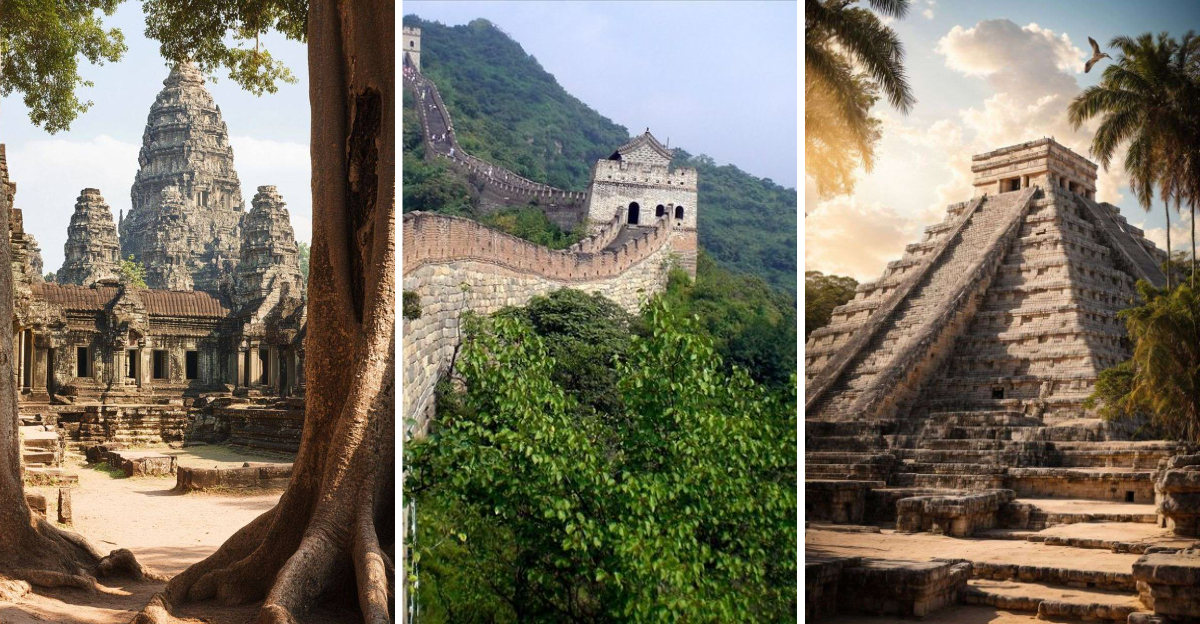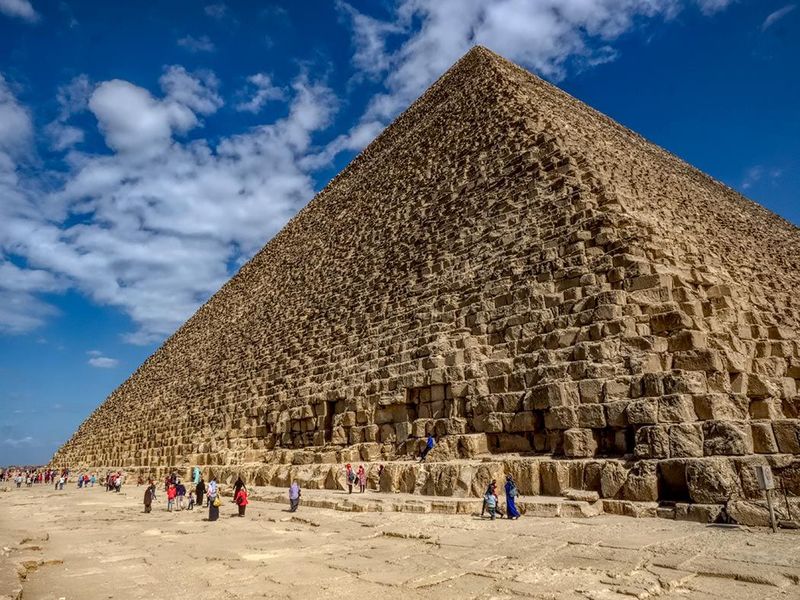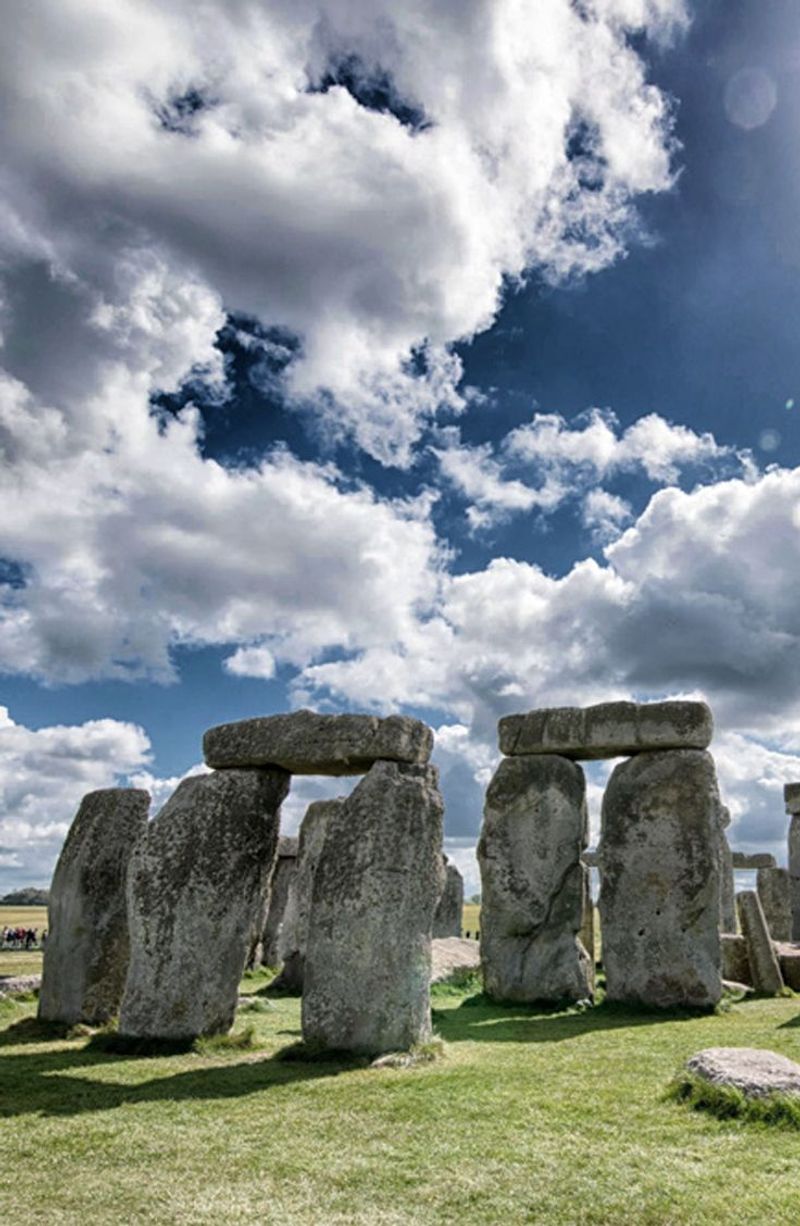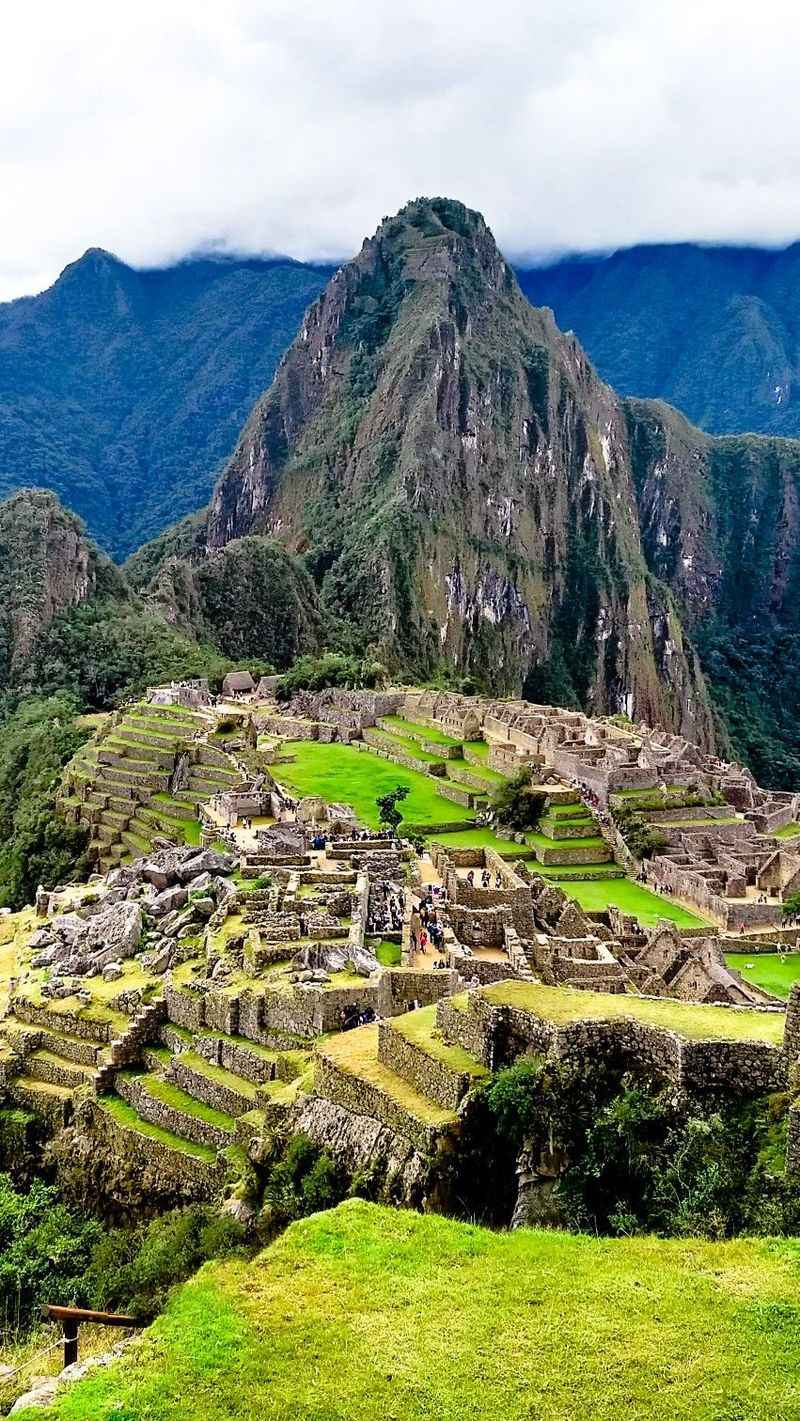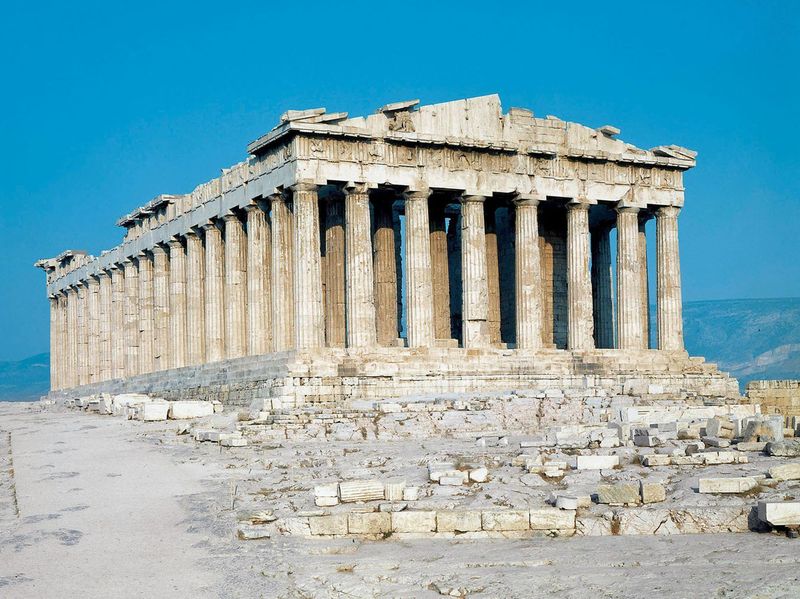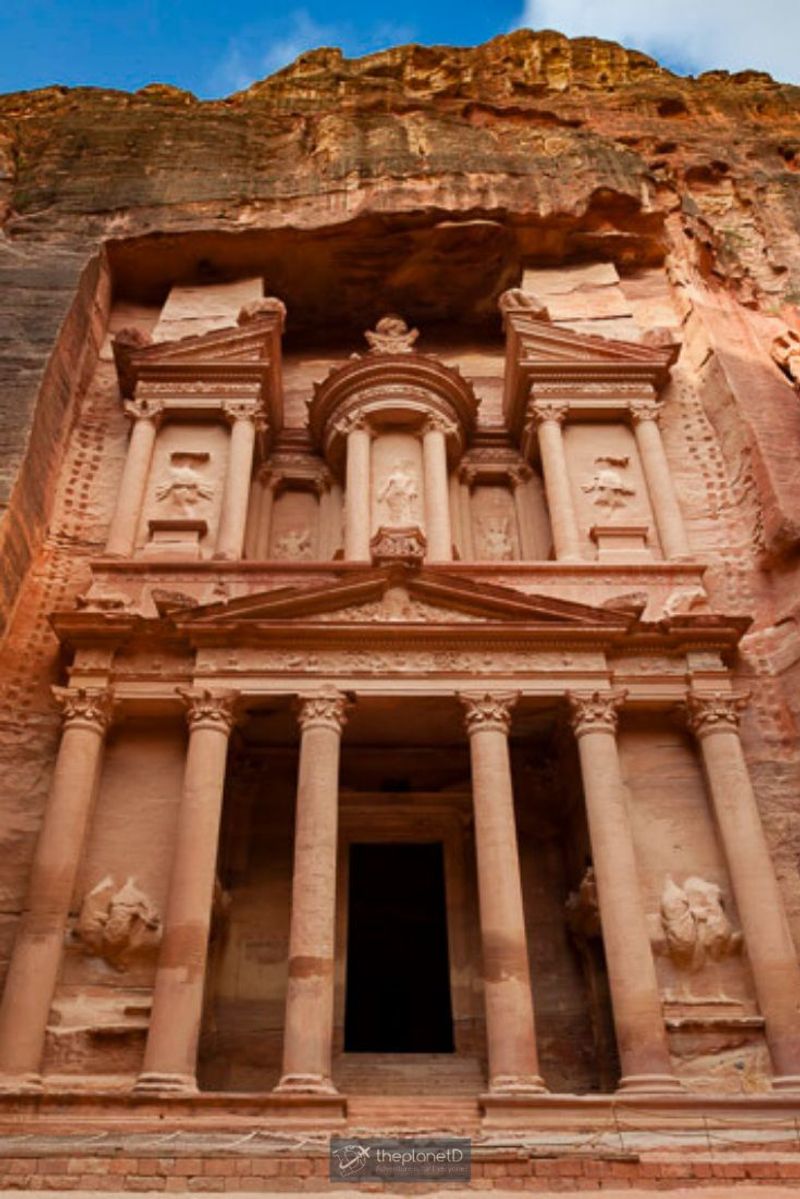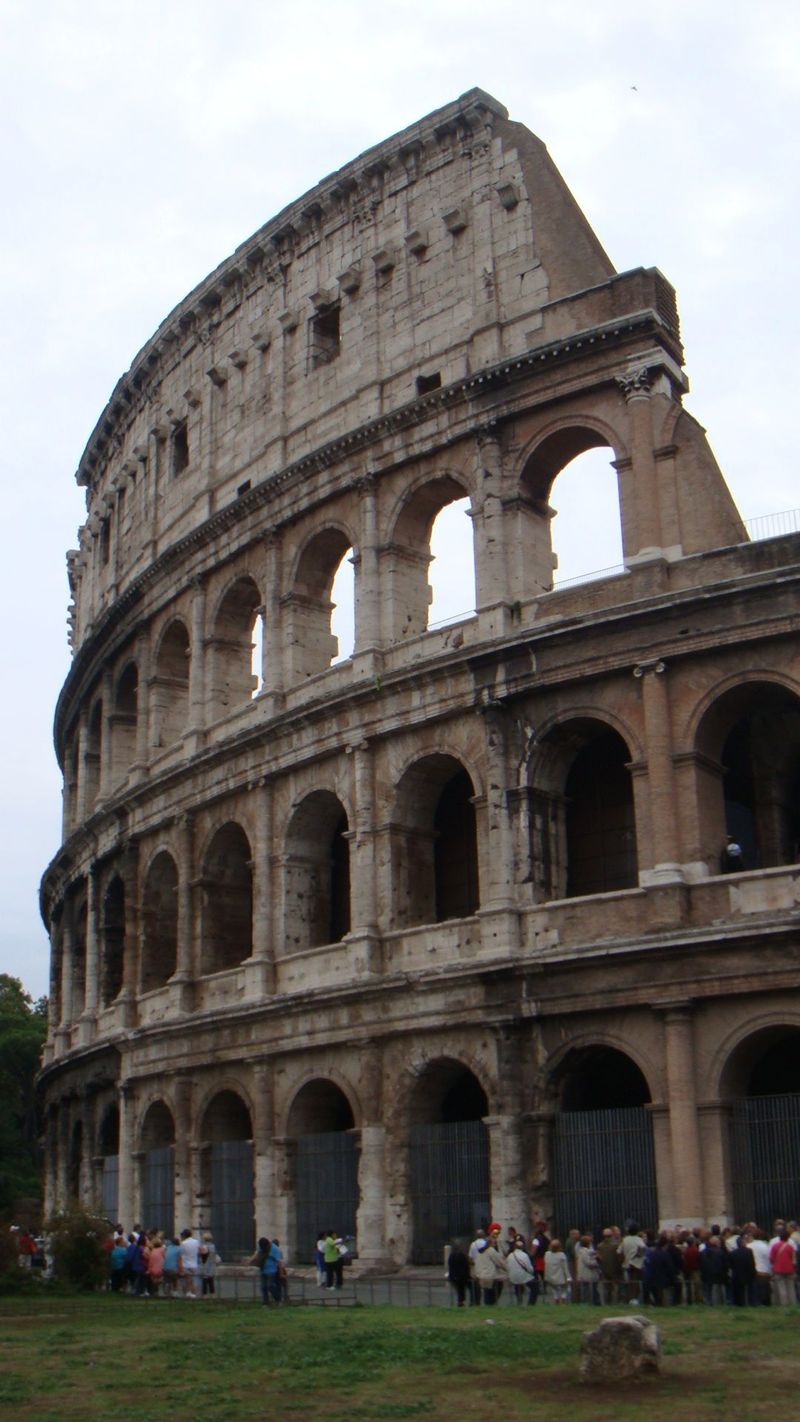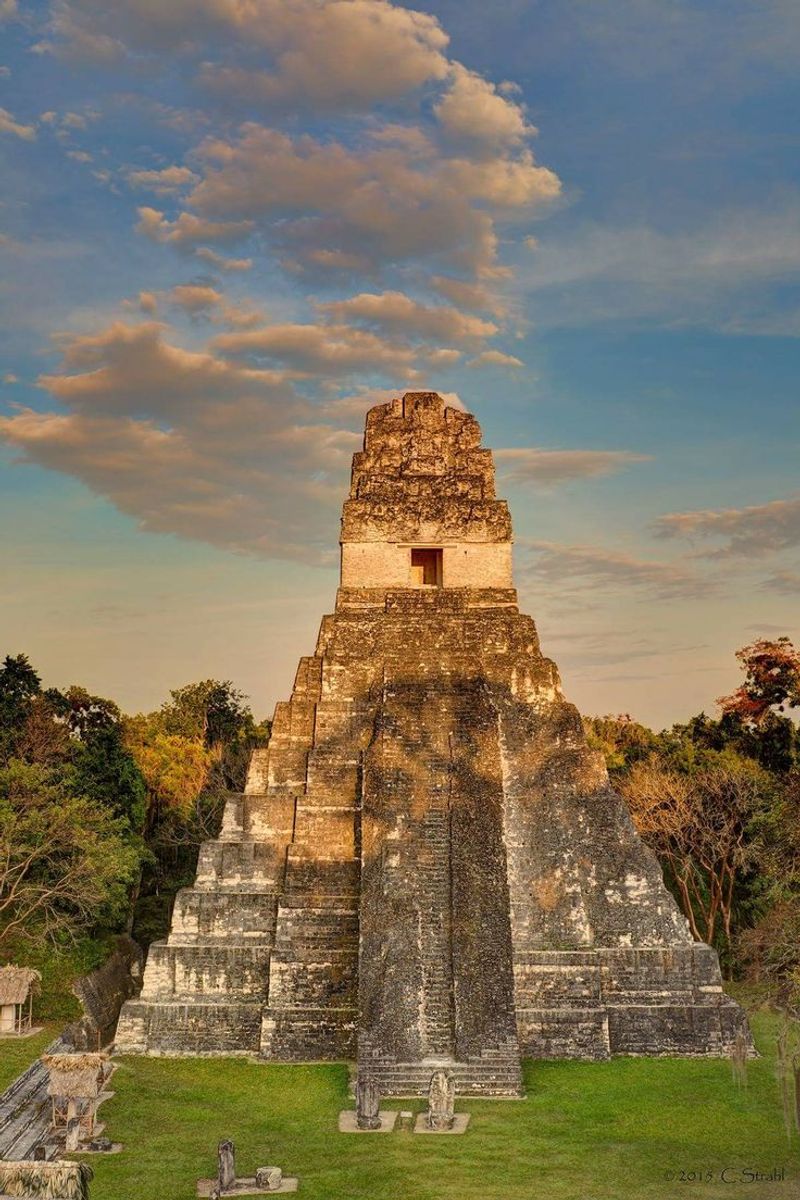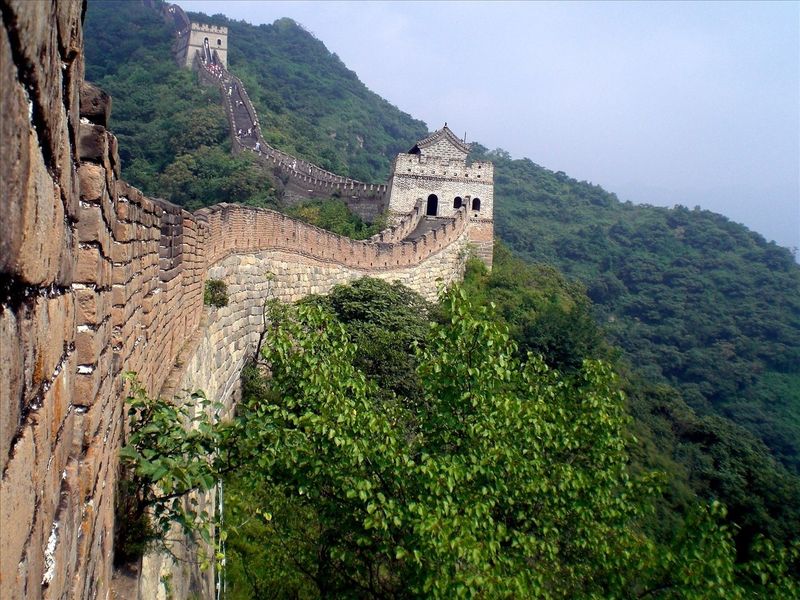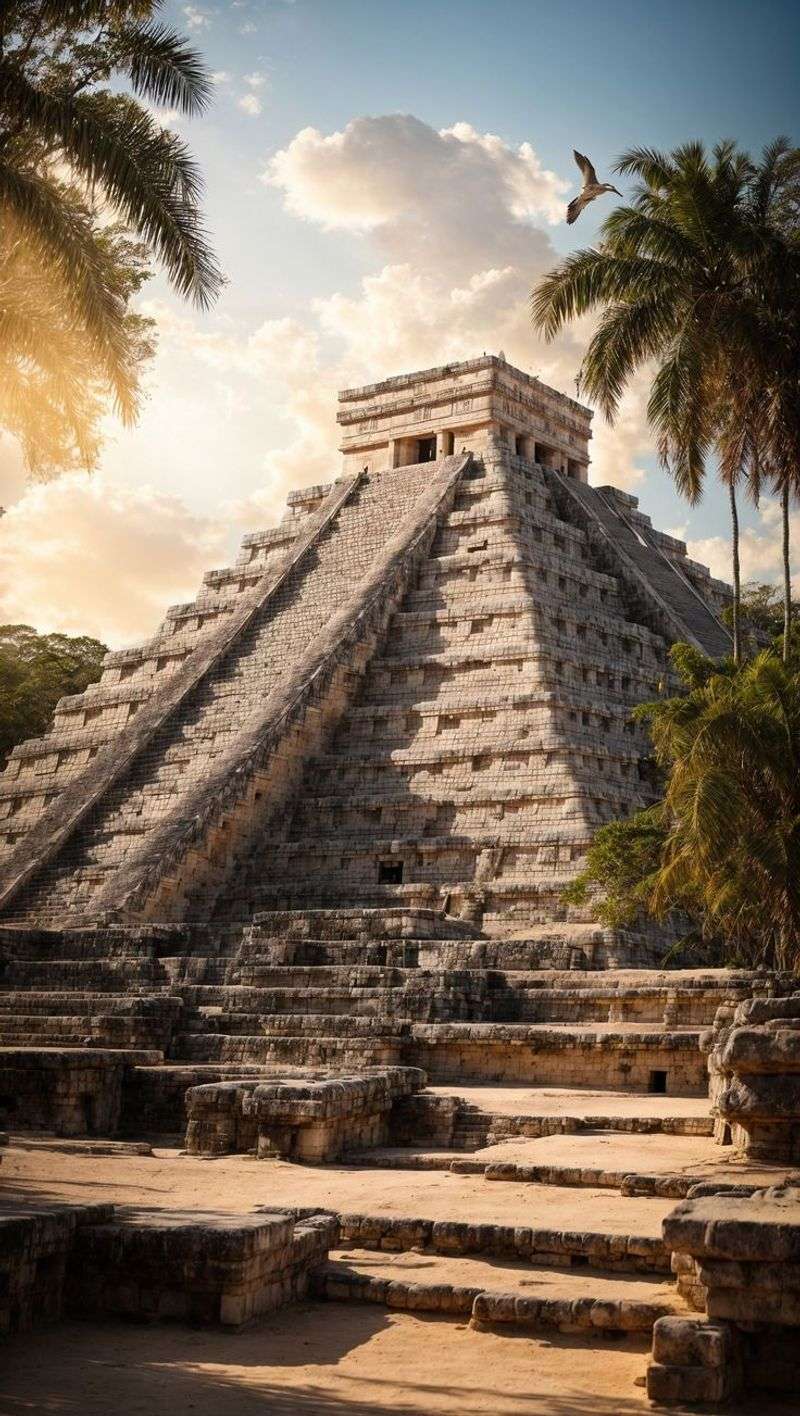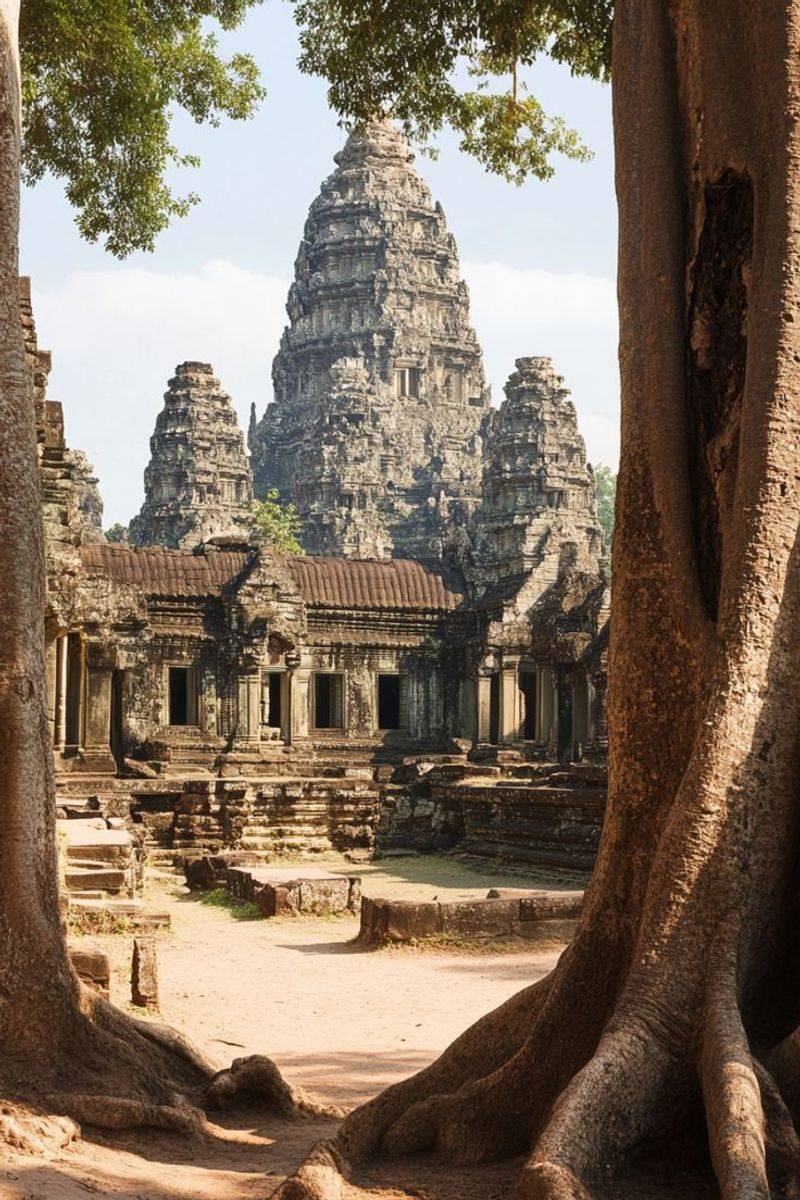Explore the marvels of ancient engineering with our list of the 10 greatest monuments built long before the advent of modern technology. These structures showcase the ingenuity and creativity of civilizations that shaped history. From towering pyramids to intricate temples, each monument tells a story of a time when human imagination knew no bounds. Join us on this journey to discover the breathtaking wonders that continue to inspire awe and admiration.
The Great Pyramid of Giza
The Great Pyramid of Giza stands as a testament to ancient Egypt’s architectural prowess. Built over 4,500 years ago, it remains the largest of the three pyramids in the Giza complex. The precision with which it was constructed, using millions of limestone blocks, is astonishing.
Despite relying on rudimentary tools, the pyramid’s architects achieved remarkable accuracy. Its original height was 146.6 meters, making it the tallest man-made structure for over 3,800 years. Visitors today can still sense the grandeur that once captured the world’s imagination.
Theories about its construction continue to intrigue historians and engineers alike.
Stonehenge
Stonehenge, located in the English countryside, is shrouded in mystery. This prehistoric monument, believed to have been constructed around 2500 BC, consists of massive standing stones arranged in a circular layout.
Each stone, weighing up to 25 tons, was transported from distant quarries, an astonishing feat given the technology of the time. The site’s purpose remains debated, though many speculate it served as an astronomical observatory or a sacred site.
Its alignment with the solstices suggests a deep understanding of celestial events among its builders.
Machu Picchu
Machu Picchu, nestled high in the Andes Mountains, is a symbol of the Inca Empire’s architectural brilliance. This 15th-century citadel was built using dry-stone construction, fitting stones together seamlessly without mortar.
The site’s terraces, temples, and plazas showcase the Incas’ sophisticated engineering skills. Its location suggests it may have been a royal estate or sacred religious site.
Rediscovered in 1911, Machu Picchu has since become a symbol of Peru’s rich cultural heritage, attracting visitors from around the globe eager to explore its mysteries.
The Parthenon
The Parthenon, perched atop the Acropolis in Athens, is a masterpiece of ancient Greek architecture. Dedicated to the goddess Athena, it was completed in 432 BC and exemplifies the Doric order.
Its harmonious proportions and intricate sculptures reflect the artistry and precision of its builders. Despite damage over the centuries, the Parthenon remains a symbol of classical beauty and democratic ideals.
The structure’s optical illusions, such as slightly curved columns, demonstrate the Greeks’ advanced understanding of visual perception.
Petra
Petra, known as the “Rose City,” is an archaeological wonder carved into the sandstone cliffs of southern Jordan. Established around the 5th century BC, it served as the capital of the Nabatean Kingdom.
Petra’s intricate rock-cut architecture, including the famous Treasury and Monastery, showcases the Nabateans’ skill in stone craftsmanship. The city’s strategic location made it a vital trading hub in antiquity.
Rediscovered in 1812, Petra continues to captivate visitors with its unique beauty and historical significance.
The Colosseum
The Colosseum in Rome is an iconic symbol of ancient Roman engineering. This massive amphitheater, completed in AD 80, hosted gladiatorial contests and public spectacles.
Its elliptical structure could accommodate up to 80,000 spectators, demonstrating the Romans’ advanced design and construction capabilities. The Colosseum’s complex system of vaults and arches allowed for quick crowd dispersal.
Despite centuries of natural disasters and neglect, it remains a testament to Rome’s architectural legacy and a popular tourist attraction.
Tikal
Tikal, located in present-day Guatemala, was one of the most powerful Maya city-states. Flourishing from 200 to 900 AD, it is renowned for its towering pyramids and grand plazas.
The site includes the Temple of the Great Jaguar, which rises 47 meters above the jungle canopy. Tikal’s architecture reflects the Maya’s astronomical knowledge and ceremonial practices.
Excavations have uncovered a wealth of artifacts, offering insights into the daily lives and spiritual beliefs of this ancient civilization.
The Great Wall of China
The Great Wall of China stretches over 13,000 miles, a monumental feat of ancient engineering. Initially built to protect against invasions, it was constructed over several dynasties, beginning as early as the 7th century BC.
Made of stone, brick, and earth, the wall snakes through rugged mountains and deserts, showcasing the determination and labor of countless workers. Its watchtowers and fortresses provided strategic defense points.
Today, the Great Wall stands as a symbol of China’s enduring strength and cultural heritage.
Chichen Itza
Chichen Itza, a prominent archaeological site in Mexico’s Yucatan Peninsula, was a major Maya city. Flourishing between 600 and 1200 AD, it features the iconic El Castillo pyramid.
This pyramid, also known as the Temple of Kukulcan, is famous for its astronomical alignments, especially during the equinoxes. The site’s ball courts, temples, and cenotes reveal the Maya’s advanced engineering and cultural practices.
Chichen Itza remains a testament to the Maya civilization’s ingenuity and continues to attract tourists worldwide.
Angkor Wat
Angkor Wat, located in Cambodia, is the largest religious monument in the world. Originally built in the early 12th century as a Hindu temple, it transitioned to a Buddhist site over time.
Its grand design includes intricate bas-reliefs and towering spires, reflecting the peak of Khmer architectural achievement. The temple complex is surrounded by a vast moat, symbolizing the cosmic ocean.
Angkor Wat remains a symbol of Cambodia’s rich history and spiritual heritage, drawing countless visitors with its majestic beauty.
